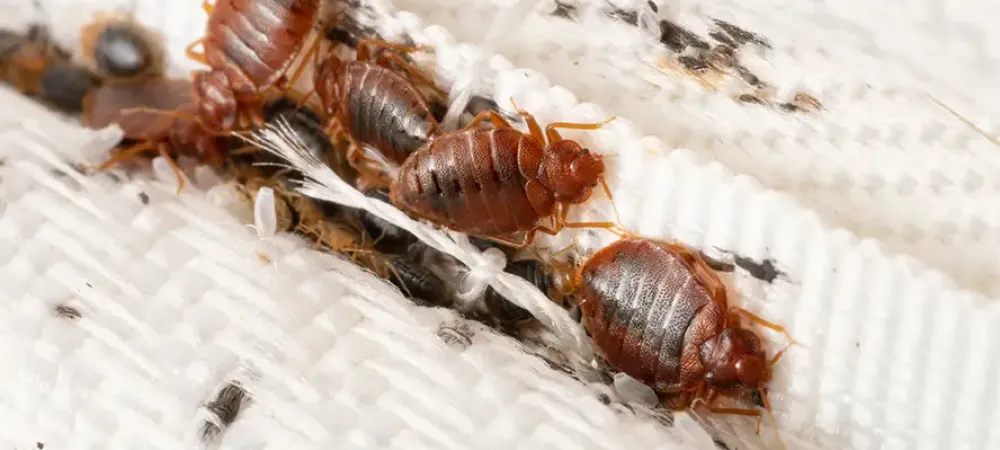Understanding DIY Bed Bug Treatments and Their Pitfalls

Bed bugs are elusive pests that can disrupt the comfort of any household. Recognizing these pests is crucial for timely and effective treatment. Adult bed bugs are small, about the size of an apple seed, with flat, reddish-brown bodies. They typically hide in crevices close to sleeping areas and are active at night. Signs of an infestation include small blood spots on bedding, dark fecal spots near hiding places, and a distinct musty odor.
Types of Bed Bug Treatments
Heat Treatment
Heat treatment involves raising the temperature of the affected areas to a level that is lethal to bed bugs in all life stages. This method requires specialized equipment to heat rooms to between 117 and 122 degrees Fahrenheit. Its main advantage is its ability to eradicate bed bugs quickly without the use of chemicals.
Chemical Treatment
Pesticide applications are a common method for bed bug control, involving the use of various insecticides that target different behaviors of bed bugs. This method can be effective but often requires multiple treatments and may not reach deeply hidden bugs.
Freezing Treatment
Using carbon dioxide snow, this method freezes the bed bugs to kill them. While non-toxic and effective for surface infestations, it can be less effective against bugs hidden deep in furniture or cracks.
Encasement
Mattress and box spring encasements are used to trap bed bugs and prevent them from escaping or entering. This method is often used in conjunction with other treatments as it does not kill bed bugs but restricts their movement.
Why DIY Solutions Often Fail
DIY bed bug treatments are generally ineffective and can even exacerbate the problem. Here are some reasons why:
- Lack of Effectiveness: Many over-the-counter products are not potent enough to kill all life stages of bed bugs, particularly eggs and nymphs.
- Incorrect Application: Effective treatment requires precise application and knowledge of bed bug behavior, which many homeowners lack.
- Resistance: Bed bugs have developed resistance to many traditional pesticides, rendering many DIY treatments obsolete.
- Risk of Spreading: Improper treatment can cause bed bugs to disperse and infest new areas, making the problem harder to control.
Bed Bugs in Alaska: Unique Challenges and Considerations
In Alaska, the cold climate does not naturally deter bed bugs, as they thrive indoors where temperatures are controlled. The state's isolated geography also limits access to professional pest control services, making managing infestations more challenging. Alaska's active travel and tourism sectors increase the risk of bed bug introductions, emphasizing the need for awareness and vigilance.
Conclusion
Professional bed bug extermination is the most reliable way for Alaskan residents to tackle infestations effectively. While it may be tempting to attempt DIY solutions, these often lead to frustration and increased costs down the line. Recognizing the signs of bed bugs early and consulting the professionals at American Pest Management can save time and money and ensure a bed bug-free home.
Our knowledge and experience are your best defense against the challenges posed by bed bugs in the unique climates of Anchorage and Fairbanks. Remember, tackling bed bugs early can prevent them from becoming a larger issue, so acting quickly is important. Whether you're already dealing with an infestation or want to take preventive measures, we're here to help.
